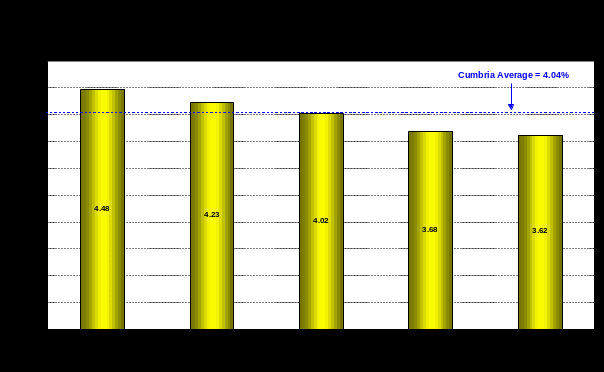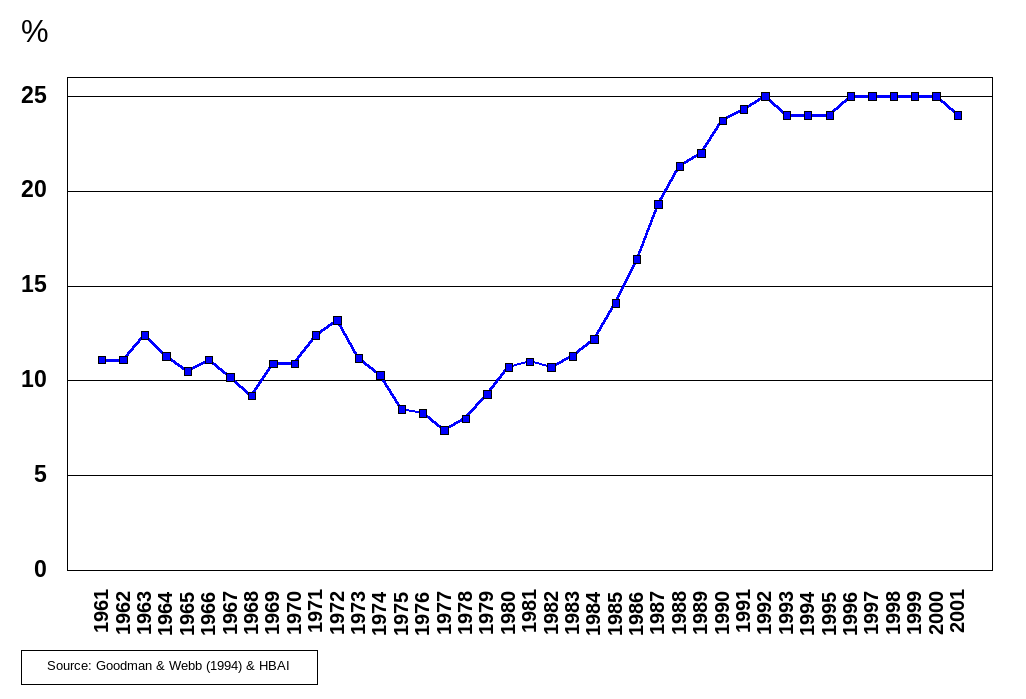DIABETES THEME HEALTH AND WELLBEING STATUS BACKGROUND INFORMATION DIABETES
1360 ORAL CAT 4 TYPE 2 DIABETES SIGNIFICANTLY MODULATES2 TEXT S2 MONITORING TEMPLATES FOR PATIENTS WITH DIABETES
2013 KENTUCKY DIABETES FACT SHEET KENTUCKY DIABETES PREVENTION AND
3011 CAT MISCELLANEOUS WHAT DIABETES MELLITUS HAS TAUGHT US
302050 CHRONIC ILLNESSES DIABETES DIABETES A DISEASE IN
56 SYSTEMATIC REVIEW OF HEALTHY EATING INTERVENTIONS AND DIABETES
Prevalence and Number of People with Chronic Diseases

Diabetes
Theme: Health and Wellbeing Status
Background Information
Diabetes is a long-term (chronic) condition caused by too much glucose (sugar) in the blood. It is also known as diabetes mellitus. It is thought that there are at least half a million people in the UK who have the condition but are unaware of it. Normally, the amount of sugar in the blood is controlled by a hormone called insulin, which is produced by the pancreas. When food is digested and enters the bloodstream, insulin moves any glucose out of the blood and into cells, where it is broken down to produce energy. However, in diabetes, the body is unable to break down glucose into energy. This is because there is either not enough insulin to move the glucose, or because the insulin that is there does not work properly.
There are two types of diabetes - diabetes type 1 and diabetes type 2. Type 1 diabetes occurs when the body produces no insulin at all. It is often referred to as insulin-dependent diabetes. It is also sometimes known as juvenile diabetes, or early onset diabetes, because it usually develops before the age of 40, often in the teenage years. If you have type 1diabetes, you will need to take insulin injections for life. You must also make sure that your blood glucose levels stay balanced by eating a healthy diet and carrying out regular blood tests.
Type 2 diabetes occurs when there is too little insulin produced by the body to work, or when the cells in the body do not react properly to insulin. This is called insulin resistance. In many cases, this type of diabetes is associated with obesity. It is sometimes referred to as maturity onset diabetes because it usually develops in people over 40 years of age. However, it is also possible for children as young as seven to develop type 2 diabetes.
Type 2 diabetes is far more common than type 1 diabetes with type 2 diabetes accounting for 95% of all people with diabetes. Someone with type 2 diabetes may be able to control their symptoms just by eating a healthy diet and monitoring their blood glucose levels. However, type 2 diabetes is progressive, so it is possible that they will eventually need to take insulin medication (NHS Direct).
Data
The estimated number of excess deaths (20-79 years) attributable to diabetes in 2005 was taken from the Diabetes Community Health Profile for Cumbria (YHPHO).
The prevalence data consist of the number of people (aged 17 years and over) on GP practice disease registers at the end of March 2009. This data was taken from the Quality Management and Analysis System (QMAS). QMAS is a national system which shows how well each practice is doing, measured against national Quality and Outcomes Framework achievement targets. Since this only includes people on GP practice registers it probably underestimates the actual number of people classified as diabetic in the population. Prevalence refers to the number of cases recorded over a specified period of time (in this instance 2008/09).
Modelled prevalence estimates and projections are taken from the PBS Diabetes Population Prevalence Model Phase 3 (YHPHO) and give the number of people (all ages) with Type 1 and Type 2 diabetes mellitus (diagnosed plus undiagnosed combined).
Mortality
It is estimated that during 2005 in Cumbria PCT there were 300 deaths in the 20-79 years age group that were attributable to diabetes equating to 11.2% of all deaths in this age group. This represents the number of deaths that would have been avoided if people with diabetes had the same mortality rate as those without the condition. Nationally, diabetes accounted for 11.6% of all deaths in the 20-79 years age group.
Modelled and Recorded Prevalence
Figures from QOF for 2008-09 detail that 21,006 Cumbrian patients (aged 17 years and over) were included on the Diabetes register (i.e. have been diagnosed with diabetes). This accounted for 4.0% of the total Cumbrian GP population: a prevalence which was slightly lower than the England average of 5.1%. Modelling by the PBS Diabetes Population Prevalence Model Phase 3 (YHPHO) suggests that there should be over 5,000 additional patients with diabetes (all ages) that do not currently appear on the GP registers in Cumbria (i.e. undiagnosed and under 17 years).
The proportion of people on GP practice disease registers was greatest in Copeland with a prevalence of 5.0% whilst Carlisle had the lowest with 3.7% (Table 1). No district councils had prevalence rates above the national average of 5.1%.
Table 1 also shows the estimated 2008 prevalence of diabetes (diagnosed and undiagnosed; all ages) in Cumbria and by district council compared to the observed prevalence from the local 2008/09 QOF register (17 years and over). The data shows that there are an estimated 5057 cases of undiagnosed diabetes in the Cumbrian population. The percentage of undiagnosed cases is lowest in Barrow-in Furness (5%) and highest in Eden (42%).
Table 1: Recorded and expected prevalence of diabetes by district council (QMAS and YHPHO)
|
|
Recorded (QMAS 2008/09) |
Modelled (YHPHO 2008) |
Difference |
|||
|
Number on GP practice disease register |
Prevalence |
Number |
Prevalence |
Number |
Percentage undiagnosed and under 17 years |
|
|
4264 |
4.3% |
4,987 |
6.5% |
723 |
17.0% |
|
|
Barrow-in-Furness |
3528 |
4.2% |
3,715 |
6.5% |
187 |
5.3% |
|
Carlisle |
4025 |
3.7% |
5,235 |
6.2% |
1210 |
30.1% |
|
Copeland |
3135 |
5.0% |
3,581 |
6.3% |
446 |
14.2% |
|
Eden |
1960 |
3.8% |
2,790 |
6.5% |
830 |
42.3% |
|
South Lakeland |
4074 |
3.7% |
5,665 |
6.6% |
1591 |
39.1% |
|
21006 |
4.0% |
26,063 |
6.4% |
5057 |
24.1% |
|
Projections
The number of people in Cumbria who are predicted to have Type 1 or Type 2 diabetes from 2008 to 2025 is shown in Figure 1. The number is projected to rise, increasing from 26,063 in 2008, to 38,773 in 2025: an increase of 48.8%.
Figure 1: 2008-25: Diabetes Projections for Cumbria

Projections by district council also show an increase in those expected to have diabetes (Figure 2). The greatest numbers are predicted to be in South Lakeland but the largest percentage increase is expected for Eden (61.8%).
F igure
2: 2008-25: Diabetes Projections by District Council
igure
2: 2008-25: Diabetes Projections by District Council
Inequalities in Cumbria
According to data from the primary care registers, a relationship appears to exist between diabetes prevalence and deprivation with prevalence being higher in the more deprived GP practices (Figure 3).
Figure 3: Diabetes prevalence by deprivation quintile

7 DAY BLOOD GLUCOSE RECORD FAX TO THE DIABETES
A SOCIACIÓN DE DIABETES DEL PERÚ – ADIPER TELÉFONO
AHRQ STATE HEALTHCARE QUALITY IMPROVEMENT WORKSHOP DIABETES CARE QUALITY
Tags: diabetes theme:, 3: diabetes, diabetes, background, theme, wellbeing, information, status, health
- APPS TO IMPROVE SOME FUNCTIONSAPLICACIONES PARA MEJORAR ALGUNAS FUNCIONES
- MICROBIOLOGY OF BEER BREAD AND CHEESE – FALL 2017
- 29 BAB II TINJAUAN PUSTAKA A LANDASAN TEORI 1
- PENGOLAHAN SINYAL DIGITAL KODE MATA KULIAH 3T0515 KREDIT 2
- 27 BAB 2 LANDASAN TEORI 21 KAJIAN TEORI PADA
- BM2021ĐTSĐHNCSHDV&TBLA020 HƯỚNG DẪN VIẾT VÀ TRÌNH BÀY LUẬN ÁN
- 27 BAB 2 LANDASAN TEORI 1 ARSITEKTUR
- SUPPLEMENTARY MATERIAL (ESI) FOR CHEMICAL COMMUNICATIONS THIS JOURNAL IS
- ÚVODNÍ VYSTOUPENÍ BÍDA EVROPSKÝCH VYSOKÝCH ŠKOL MÁ JMÉNO BOLOŇA
- СВЕДЕНИЯ О СХЕМАХ ИЗБИРАТЕЛЬНЫХ ОКРУГОВ ПО ВЫБОРАМ ДЕПУТАТОВ ПРЕДСТАВИТЕЛЬНЫХ
- “using Library Information Systems as Still Image Archives” Arturs
- 15 BAB II LANDASAN TEORI 1 IC TTL 1
- INTERACTIVE WHITEBOARD PROJECTORS & ASSOCIATED SOFTWARE (INWPAS) ASI SOLUTIONS
- CONVOCATORIA DE AYUDAS A LA INVESTIGACIÓN DE SEOBIRDLIFE AÑO
- AYUNTAMIENTO DE YUNQUERA DE HENARES (GUADALAJARA) PLIEGO DE
- SUJETO OBLIGADO CONFORME LEY 25246 Y MODIFICATORIAS DECLARACIÓN JURADA
- FORMULARI DE DADES PER AL DUE SOCIETAT LIMITADA Ó
- EL CENTRO ANDALUZ DE LAS LETRAS Y EL DISTRITO
- IEPIRKUMA PROCEDŪRAS „CEĻU HORIZONTĀLĀ UN VERTIKĀLĀ APZĪMĒŠANA” ID NR
- WWWRECURSOSDIDACTICOSORG PAÍS CONTINENTAL BOREAL OCCIDENTAL Y ORIENTAL
- MAP21 SUPPLEMENT TO ANNUAL FUNDING NOTICE OF [INSERT PLAN
- CURRICULUM VITAE MARTIN KING BORN MELBOURNE 19942021 SENIOR
- 10144 CHAPTER 23 REGULATIONS GOVERNING THE LICENSING AND FUNCTIONING
- DOS & DONTS DON BAUDRAND HOT ALKALINE CLEANERS HOT
- CURRICULUM VITAE ZAMIJENITE DATUMIMA (OD DO) ZAMIJENITE RADNIM
- PŘÍLOHA 10 ČESTNÉ PROHLÁŠENÍ ŽADATELE PŘI PODÁNÍ ŽÁDOSTI O
- RULE 800 COLORADO BOARD OF MEDICAL EXAMINERS RULES REGARDING
- 2011 YOUTH BASKETBALL GAME SCHEDULE & RESULTS ALL GAMES
- DEVELOPING GENERAL COMPETENCES THROUGH ETHICAL LEARNING TO INCREASE CAPABILITIES
- SPOROČILO ZA JAVNOST »I LIKE WAR« (VOJNA MI JE
 DIPARTIMENTO IV “TUTELA E VALORIZZAZIONE AMBIENTALE” CORPO DELLA POLIZIA
DIPARTIMENTO IV “TUTELA E VALORIZZAZIONE AMBIENTALE” CORPO DELLA POLIZIAMETADATA CHECKING TOOLS THERE ARE TWO TOOLS WHICH HAVE
ATTACHMENT 1 FEATURES AND FUNCTIONS MATRIX GSA ENTERPRISE EMAIL
YOON ET AL SUPPLEMENTAL TABLE TABLE S1 SUMMARY OF
TRIBUNAL SUPERIOR DE JUSTICIA DE MADRID SALA DE LO
2 SPECIALISTŲ VYKDANČIŲ NEKILNOJAMOJO KULTŪROS PAVELDO TAIKOMUOSIUS MOKSLINIUS ARDOMUOSIUS
 ORDEN SAN9812020 DE 29 DE SEPTIEMBRE POR LA QUE
ORDEN SAN9812020 DE 29 DE SEPTIEMBRE POR LA QUEPROLEGÓMENOS A LA CRÍTICA LITERARIA LATINOAMERICANA (ALFONSO REYES) DR
SEGUNDA CONVOCATORIA DEL PROGRAMA DE PRÁCTICAS ESTRUCTURALES EN LA
 YEAR END REPORT BY THE INTERNAL AUDITOR TO ULVERSTON
YEAR END REPORT BY THE INTERNAL AUDITOR TO ULVERSTON YTÜ MİMARLIK FAKÜLTESİ MİMARLIK BÖLÜMÜ BÖLÜM STAJ UYGULAMA ESASLARI
YTÜ MİMARLIK FAKÜLTESİ MİMARLIK BÖLÜMÜ BÖLÜM STAJ UYGULAMA ESASLARI ALLA REGIONE PUGLIA – SEZIONE TUTELA E VALORIZZAZIONE DEL
ALLA REGIONE PUGLIA – SEZIONE TUTELA E VALORIZZAZIONE DELBPACTU RESOLUCIÓN DE LA VICECONSEJERA DE EDUCACIÓN POR LA
 1 METHODS FOR THE SOLUTION OF A LINEAR PROGRAMMING
1 METHODS FOR THE SOLUTION OF A LINEAR PROGRAMMINGIndustry Still Seriously Concerned at rip Bill a Broad
 DRAFT OF PAPER TO BE PRESENTED AT “THE DYNAMICS
DRAFT OF PAPER TO BE PRESENTED AT “THE DYNAMICSPaper for the International Conference Towards Knowledge Democracy Consequences
 RESPONDE LA SIGUIENTE EVALUACIÓN PARA SABER SI HAS LOGRADO
RESPONDE LA SIGUIENTE EVALUACIÓN PARA SABER SI HAS LOGRADO2 A BURSA HUNGARICA FELSŐOKTATÁSI ÖNKORMÁNYZATI ÖSZTÖNDÍJPÁLYÁZAT JELENLEG HATÁLYOS
 BRIEF REIMAGING LICENSED MICROSOFT SOFTWARE USING VOLUME LICENSING MEDIA
BRIEF REIMAGING LICENSED MICROSOFT SOFTWARE USING VOLUME LICENSING MEDIA